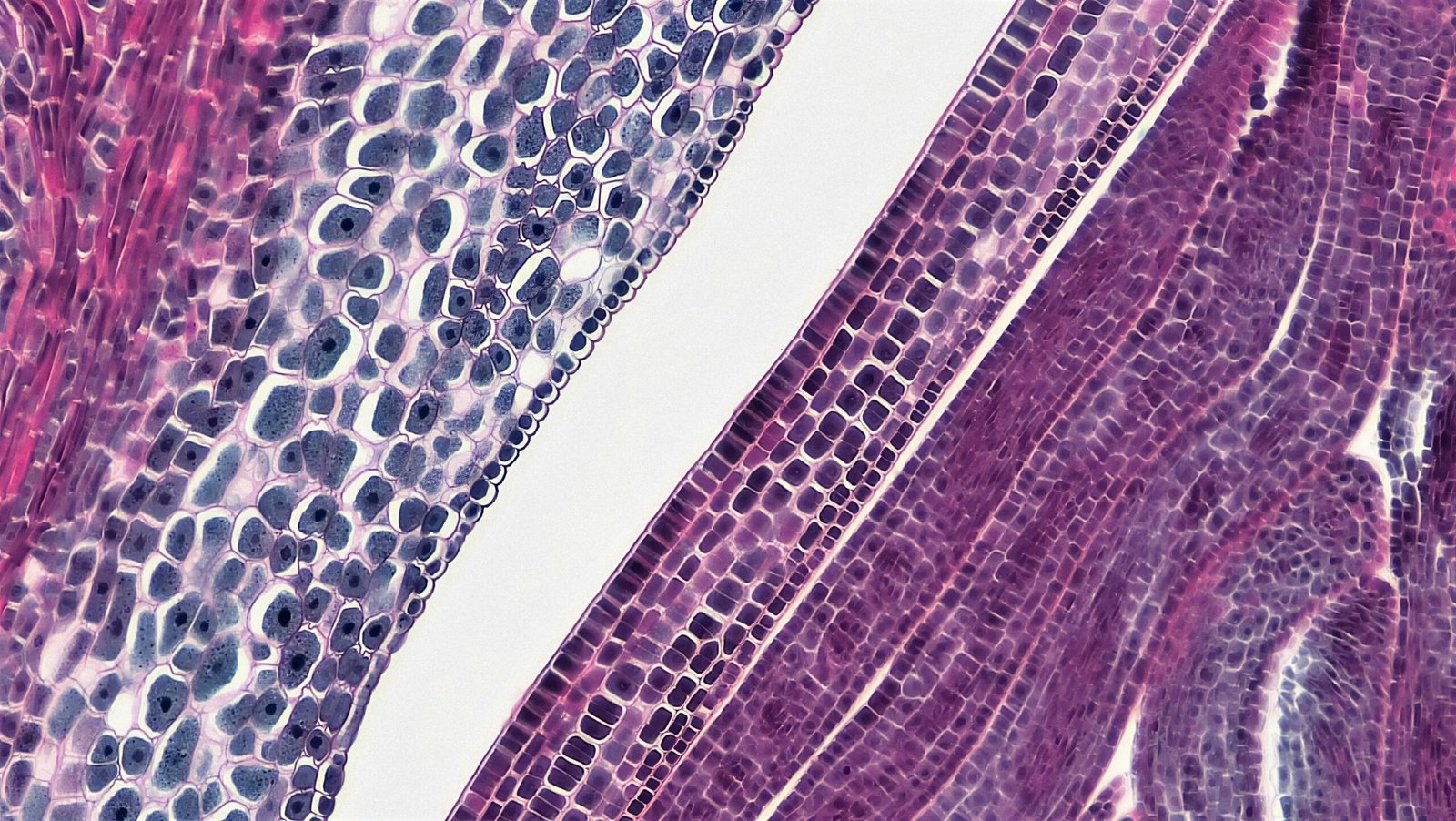Role of Ammonium Nitrate (NH₄NO₃) in MS Medium
-
Dual Nitrogen Source
- NH₄⁺ (Ammonium) — Provides readily available nitrogen for immediate uptake, supporting amino acid synthesis and cell metabolism.
- NO₃⁻ (Nitrate) — Acts as a slower, sustained nitrogen source, promoting balanced growth and structural development.
-
Enhanced Cell Division and Growth
- Nitrogen is vital for the synthesis of nucleic acids, proteins, and chlorophyll, which are essential for cell proliferation, callus formation, and shoot/root differentiation.
-
pH Stabilization
- The ammonium ion (NH₄⁺) tends to acidify the medium, while nitrate ions (NO₃⁻) have an alkalizing effect. Together, they help maintain an optimal pH balance for nutrient absorption.
-
Synergy with Potassium Nitrate (KNO₃)
- MS medium uses both NH₄NO₃ and KNO₃ to provide a balanced nitrogen ratio, ensuring sustained plant tissue growth without nutrient toxicity.
-
Energy Efficiency in Metabolism
- Ammonium ions require less energy for assimilation than nitrate, enhancing the efficiency of nitrogen metabolism during tissue growth.
Why MS Medium Contains High NH₄NO₃ Levels
- Murashige and Skoog observed that higher nitrogen levels significantly improved tobacco callus growth, particularly in stimulating rapid cell proliferation and organogenesis.
Key Takeaway:
Ammonium nitrate (NH₄NO₃) ensures a steady nitrogen supply, promotes robust tissue growth, and maintains pH stability — making it indispensable in MS medium for successful plant tissue culture.






